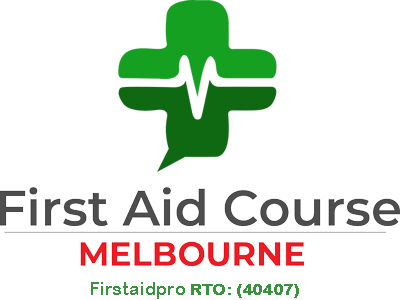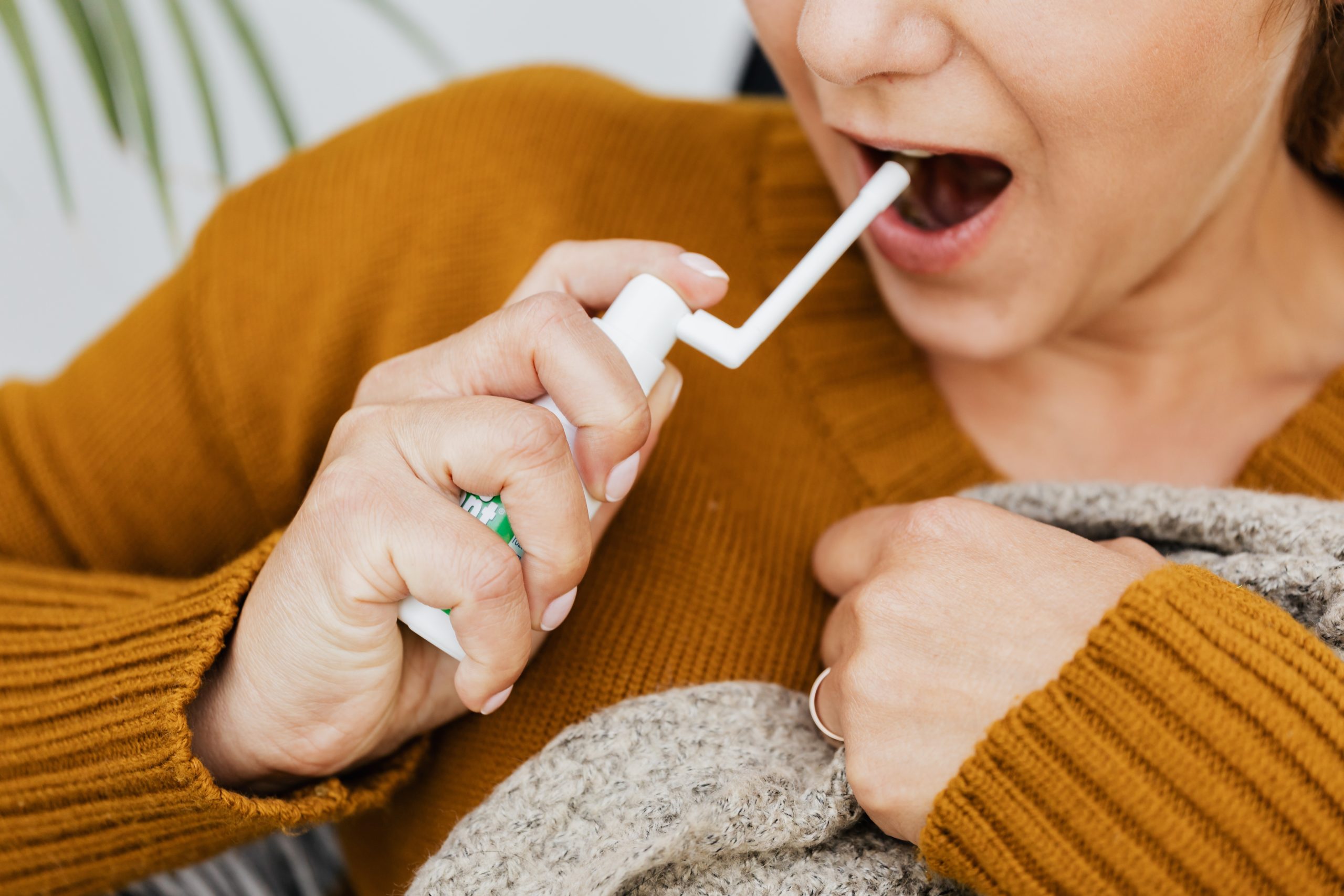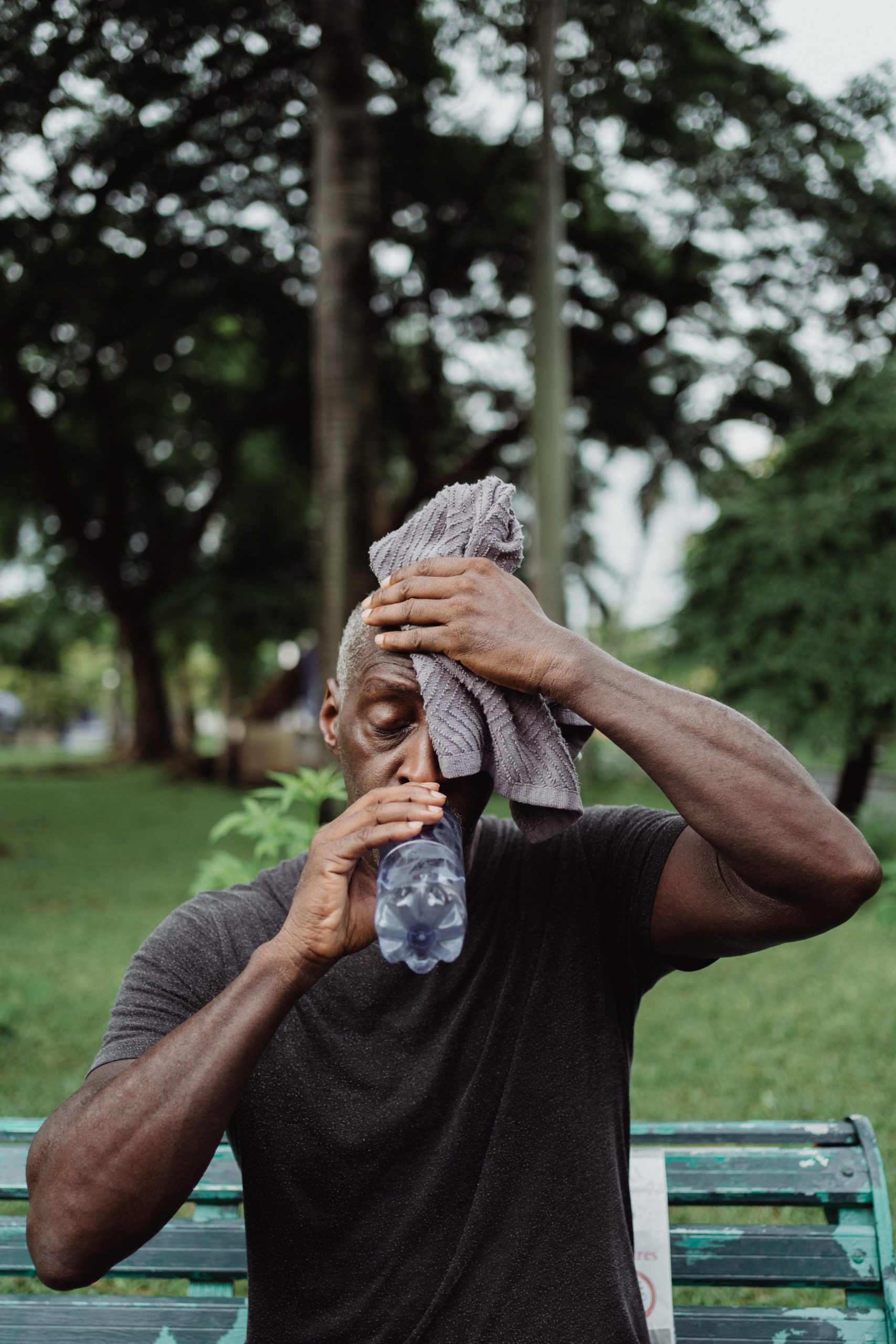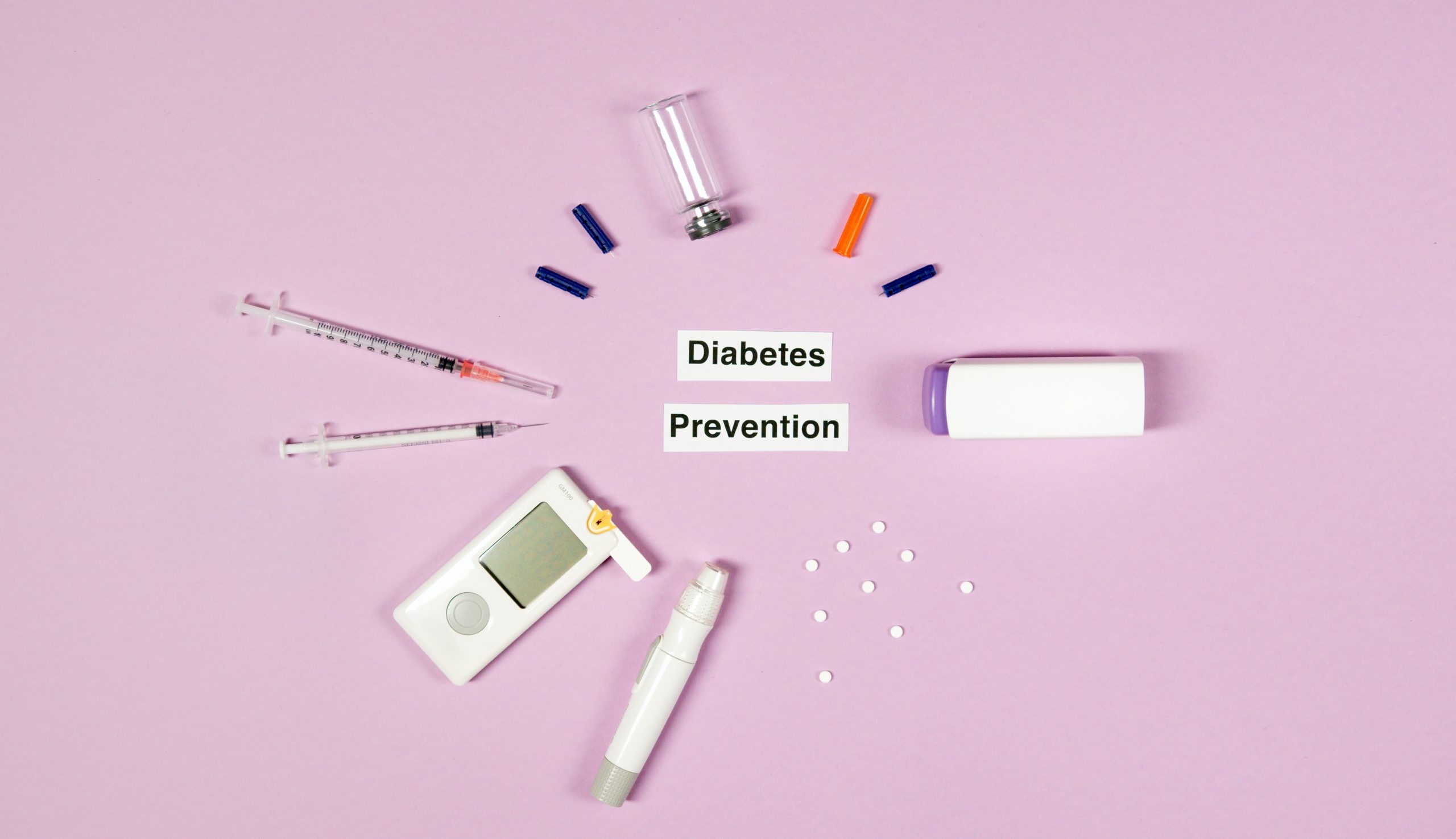Whether you are a teacher looking after your child or a teacher hosting an outdoor activity for your students, preventing heat-related illnesses is crucial on hot summer days. Heat illnesses include sunburn, heatstroke, dehydration, heat cramps, and heat exhaustion. All of these can be dangerous if not properly addressed.
Heat illness is a medical emergency that is preventable if you pay enough attention to the warning signs. It mostly occurs in the middle of summer and can affect anyone who is overexposed and overexerts themselves under the sun. The people who are at most risk of heat illness are the children, the elderly, overweight individuals, athletes, and those who are poorly acclimatised to hot temperatures.
Preparing for the torrid summer heat is important to ensure health and safety. Here are some tips to protect your child from heat-related illnesses.
Protection against sunburn
Sunburn can affect the body’s ability to cool itself. For this reason, it is important to protect yourself when being outdoors. You can use a wide-brimmed hat and glasses and apply a generous amount of sunscreen with at least SPF 15. Reapply every two hours, or more often if you are out swimming or walking.
Drink plenty of fluids
Staying hydrated will help the body sweat and maintain a normal body core temperature. Drinking enough water will mitigate heat-related risks.
If you are planning an outing with smaller children, make sure to have enough water for everyone. If doing physical activities, remember to hydrate after. It is best to keep a weight chart to measure both pre and post-activity so you know how much water you need to replace. The normal range is eight ounces of water for every pound of body weight lost.
Acclimatising to your environment
Be sure to acclimatise yourself to your environment. If you always spend all days indoors in a controlled setting, you are more likely to suffer from heat illness when you spend some time outdoors in the heat.
Never leave your child in a car.
This unsafe practice is a common cause of heat-related death in small children. When parked under the scorching sun, car temperatures can rise to 20 degrees Fahrenheit (more than 11 Celsius) in 10 minutes.
It is not safe to leave a child in a parked car in warm or hot weather, even if the car is in the shade. To prevent it from happening, keep it locked not to let a child get inside.
Be cautious
If your child is taking medications or has a condition that increases their risk of heat-related illnesses, it is important to be extra cautious. If they have a previous history of heat illness, avoid keeping them under the heat for long periods and act quickly if you notice any symptoms.
If your child participates in strenuous sporting activity in the hot weather, make sure you prepare and that there are medical services available in case of an emergency.
Know the Signs
Being able to identify signs of heat-related illness is important when you are looking after your children. Heatstroke for children is a potentially fatal condition that requires emergency medical care. Common symptoms of heatstroke include confusion, profuse sweating, and occasional fainting spells. While symptoms of dehydration and heat exhaustion may present in excessive sweating, dizziness, nausea, headaches, and extreme tiredness.
When a child suffers from any heat-illness, they should not do any more strenuous activity for the rest of the day. If they exhibit signs of exhaustion, cramps, or heat exhaustion, move them to a cool area and offer plenty of fluids. If available, apply cold compresses or ice packs to help them cool down.
Learn more about heat-related illnesses and their first aid equivalent. Enrol in a First Aid Course.








